In the realm of human experience, few elements resonate as deeply as symbols. They are the keystones of our collective psyche, bridging the gap between the tangible and the intangible. This exploration delves into the symbolic understanding of humanity, unraveling the intricate tapestry woven by symbols through the ages.
Symbols: The Essence of Humanity
At the heart of our existence lies symbolism and humanity, intertwined in an eternal dance. Symbols are not mere representations; they are the vessels that carry the essence of human thought and emotion. From the earliest cave paintings to the complex logos of today, symbols have been the silent narrators of our story. They encapsulate our triumphs, our fears, and our deepest aspirations.
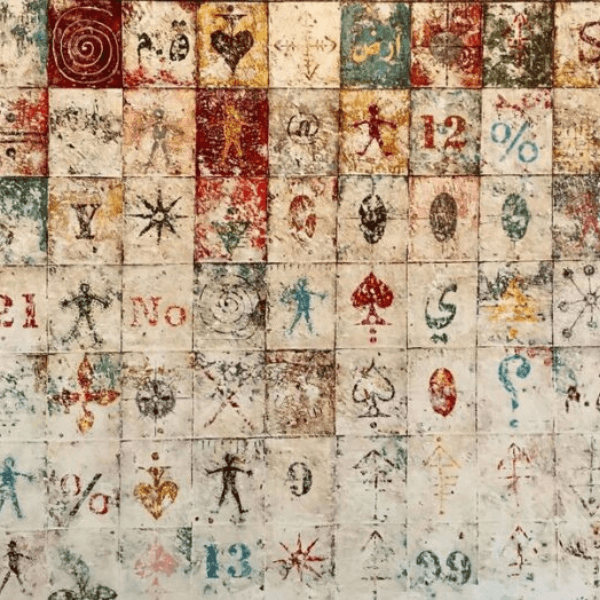
Why Symbols Matter: The Power Beyond the Visible
Why do these enigmatic forms hold such sway over us? Important symbols transcend language and culture, speaking directly to our subconscious. They act as keys unlocking the deeper layers of human consciousness. They enable us to navigate the complexities of life and thought. As a universal language, symbols bridge the gap between the abstract and the concrete, allowing us to understand and interact with the world around us in more profound ways.
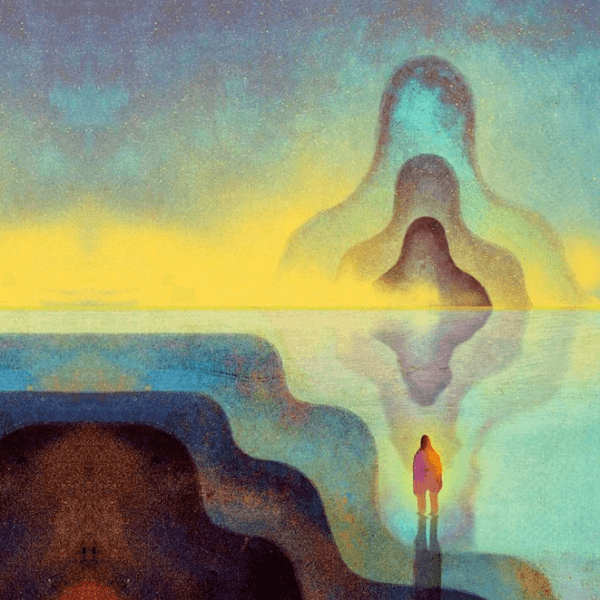
A symbol, in its essence, can ignite revolutions, inspire movements, and evoke profound emotional responses. It can be a rallying cry for change or a quiet reminder of enduring truths. Their power lies not just in their visual form, but in their ability to encapsulate complex ideas and emotions in a single, potent form. Through symbols, we find a way to communicate and resonate with experiences and values that are otherwise inexpressible.
Wearing Symbols: A Testament to Identity
The tradition of wearing symbols is as old as humanity itself, marking the journey of civilizations and cultures through time. From the tribal totems that connected individuals to their ancestral roots, to religious icons symbolizing faith and devotion, symbols worn on the body have always held significant meaning. In the modern era, this extends to fashion statements and lifestyle brands. There, logos and designs signify more than just aesthetic choices. They become expressions of personal values, aspirations, and affiliations.

Wearing a symbol can be a declaration of identity, a badge of belonging, or a protective charm against the unknown. It can be an act of defiance, a show of solidarity, or a commitment to a cause. In wearing symbols, we carry our beliefs and values on our very skin. You can almost feel the energy of its meaning touches your very soul. They also make a silent yet powerful statement to the world. This act of adorning oneself becomes a dialogue between the individual and society, a visible manifestation of the invisible bonds that connect us all.
Dreamscape of Symbols
Sigmund Freud and Carl Jung. These two intellectual giants cast a profound light on the world of dreams. Hence, they reveal the intricate relationship between symbolism and the subconscious.
Freud viewed dreams as the royal road to the unconscious, a hidden domain where repressed desires and fears manifest. In his view, dreams are symbolic expressions of our deepest, often unacknowledged, desires and conflicts. Each symbol in a dream, Freud argued, holds the key to unlocking hidden aspects of the self, offering a glimpse into the complexities of the human psyche.
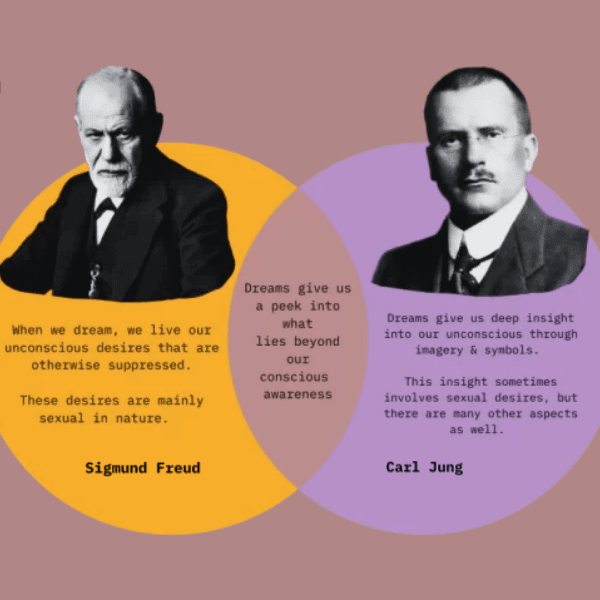
Jung, on the other hand, expanded the concept of symbolism in dreams to a broader, more universal level. He introduced the idea of archetypes. Like the mother, the hero, the old sage or the trickster. These universal symbols shared across cultures, embedded in the collective unconscious. Jung believed that these archetypal symbols, recurring in dreams, are fundamental in understanding not only personal psyche but also the collective human experience.
Jewelry as Personal Myth
Throughout history, symbolism in jewelry has acted as both mirror and map—reflecting who we are while guiding who we might become. From amulets worn to ward off evil to pendants etched with ancient glyphs, jewelry with hidden meaning has always gone beyond decoration.
So, what does wearing jewelry symbolize? On a psychological level, it can be an act of empowerment, intention-setting, or even subtle resistance. A necklace bearing the symbol of a serpent, for instance, may speak to themes of transformation, rebirth, or feminine wisdom. A ring carved with runes could signal protection, remembrance, or a connection to ancestral roots. These aren’t just accessories—they are talismans, statements, and sometimes even prayers worn close to the body.
More Than Adornment
Even in ancient civilizations, jewelry was never just for show. In Ancient Egypt, necklaces, amulets, and pendants were believed to hold magical and protective powers. A scarab pendant wasn’t simply an aesthetic beetle—it symbolized rebirth and the rising sun, worn to secure a safe passage to the afterlife. Cartouche necklaces, inscribed with a person’s name in hieroglyphs, were worn to protect one’s identity in this life and the next.
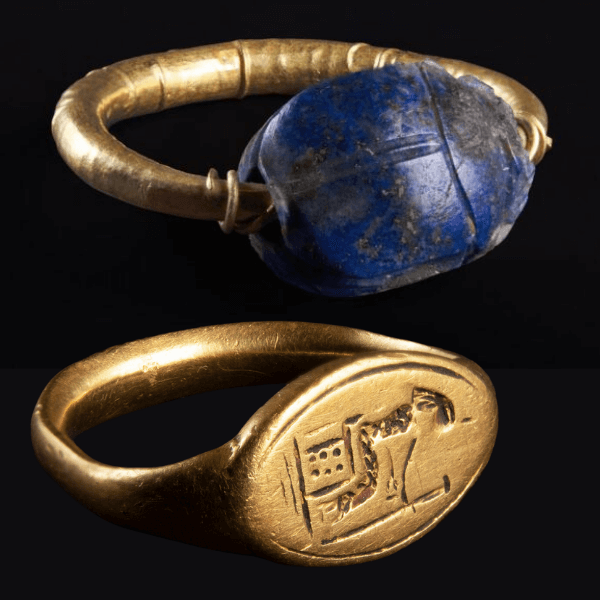
Pharaohs, priests, and ordinary people alike adorned themselves with symbols linked to gods, animals, and elements of nature—each choice intentional, each piece a spell in metal and stone. Lapis lazuli evoked the heavens, turquoise brought joy and fertility, and gold was believed to reflect the flesh of the gods.
Beyond Egypt, cultures like the Sumerians, Greeks, and Romans also wore symbolic jewelry for divine favor, protection in battle, or alignment with cosmic forces. These adornments weren’t accessories—they were extensions of the soul, spiritual armor against the chaos of life.
The Legacy of Symbols
As we reach the conclusion of our journey through the mystical world of symbols, we acknowledge their timeless legacy. Our ancestors looked to the skies, charted the stars, and found patterns and meanings in the world around them. These early symbols, rudimentary yet profound, laid the foundation of civilization. They guided ancient travelers across vast distances, teach them about the nature and instructed when to sow and when to reap. These symbols were not mere markings but the first steps towards a complex and rich tapestry of human knowledge and understanding.
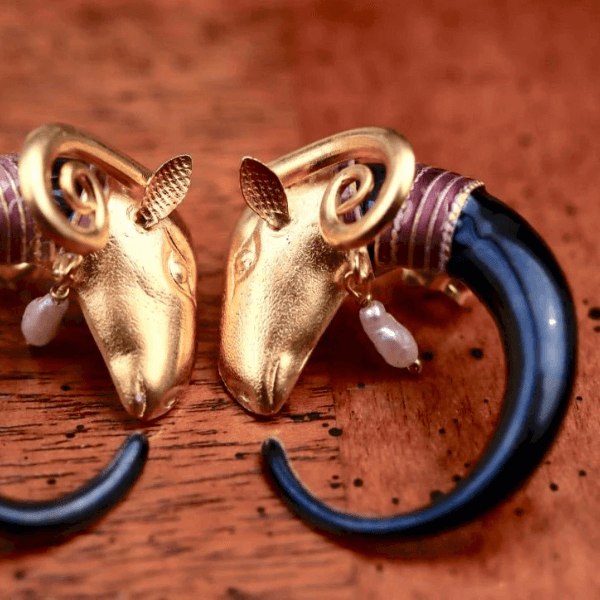
Today, symbols continue to resonate within us. In today’s hyper-digital world, the allure of symbol jewelry meaning has not faded. In fact, it’s grown more essential. As technology detaches us from the tangible, people increasingly turn to the sensory—stone, metal, engraving—as a grounding tool. We understand and feel their meanings, not just because they are taught or learned, but because they are deeply ingrained in our collective subconscious. This unspoken, shared understanding bridges generations and cultures, connecting us to our ancestors and to each other. In embracing these symbols, we embrace a part of ourselves – a part that is ancient, wise, and eternally connected to the past, present, and future of humanity.
Thus, as we move forward, we carry these symbols with us, wear them proudly. Not as relics of a bygone era, but as living, breathing emblems of our shared human journey. They remind us of where we have been, who we are, and what we can aspire to become. In the language of symbols, we find the essence of humanity – a language that speaks across time and space, echoing in the depths of our collective soul.
References:
- Psychology Today: “Following Freud and Jung Through a World of Dreams“
- Online Library: “The Biological Basis of the Symbolic: Exploring the Implications of a Biologically Grounded Semiotics“
- Research Gate: “Exploring the Unconscious: Freud and Jung’s Divergent Theories on Dream Analysis“
- PMC.NCBI.NLM.NIH.GOV: “The Evolution of Early Symbolic Behavior in Homo sapiens“


